“The imbalance is akin to trying to combat malaria while overlooking mosquitoes”
— Murray, Martin & Iwamura, 2020
India is the global hotspot for snakebite. More people are killed, injured and permanently disfigured due to this occupational hazard, in India than anywhere else in the world.
Bites occur in agricultural areas, in and around the homes of the poorest communities in this diverse country. Often occurring on the hands and feet of victims when a snake is missed and accidentally stepped on or picked up along with crop.
Sometimes the bites occur whilst people sleep, this is a particularly common occurrence with krait (Bungarus caeruleus) and cobra (Naja naja) bites. There are many theories which attempt to explain why this happens. Why would a snake risk entering a home and biting someone whilst they sleep silently and still? Quite frankly, we do not understand the ecology which drives this behaviour.
Upon being bitten, victims are often confused about the correct procedure to follow, to attend a witch doctor/local healer? or hospital? Whilst many awareness programs in India highlight the absolute necessity to reach professional medical help, India is a large country with a huge population who know no better than to visit the local healer. Some states offer free anti-venom and care, many victims do not know this and are put off the idea of attending a medical facility due to this. Unknowingly increasing the risk to their life, body and finances by visiting a local healer instead. Many bites are caused by non-venomous snakes and deemed ‘cured’ by a local healer, many lives are lost and ruined due to the time wasted.
Whilst over 50,000 people lose their lives to snakebite in India alone, every year, many others lose their ability to live a normal life. The bites, often occurring in agricultural fields, a place of work for many people who work from paycheque to paycheque , lead to disfigurements which prevent a return to work. This ultimately sets that person and their family on a path to poverty.
We may have numbers and data for the people who are bitten, die and suffer from snakebite, but we do not understand the driving mechanisms behind a bite scenario. When, where, and why are people bitten? we know it’s often when working in a field. But is there a specific time? a specific human or snake activity that increases the risk? The time to fill these ecological knowledge gaps is now and we must learn how to prevent these bites from occurring in the first place.
(Right: A Russell’s viper, Daboia russelii lurks underneath a pile of drying rice bunds as an agricultural worker continues to work, completely unaware of its presence).

